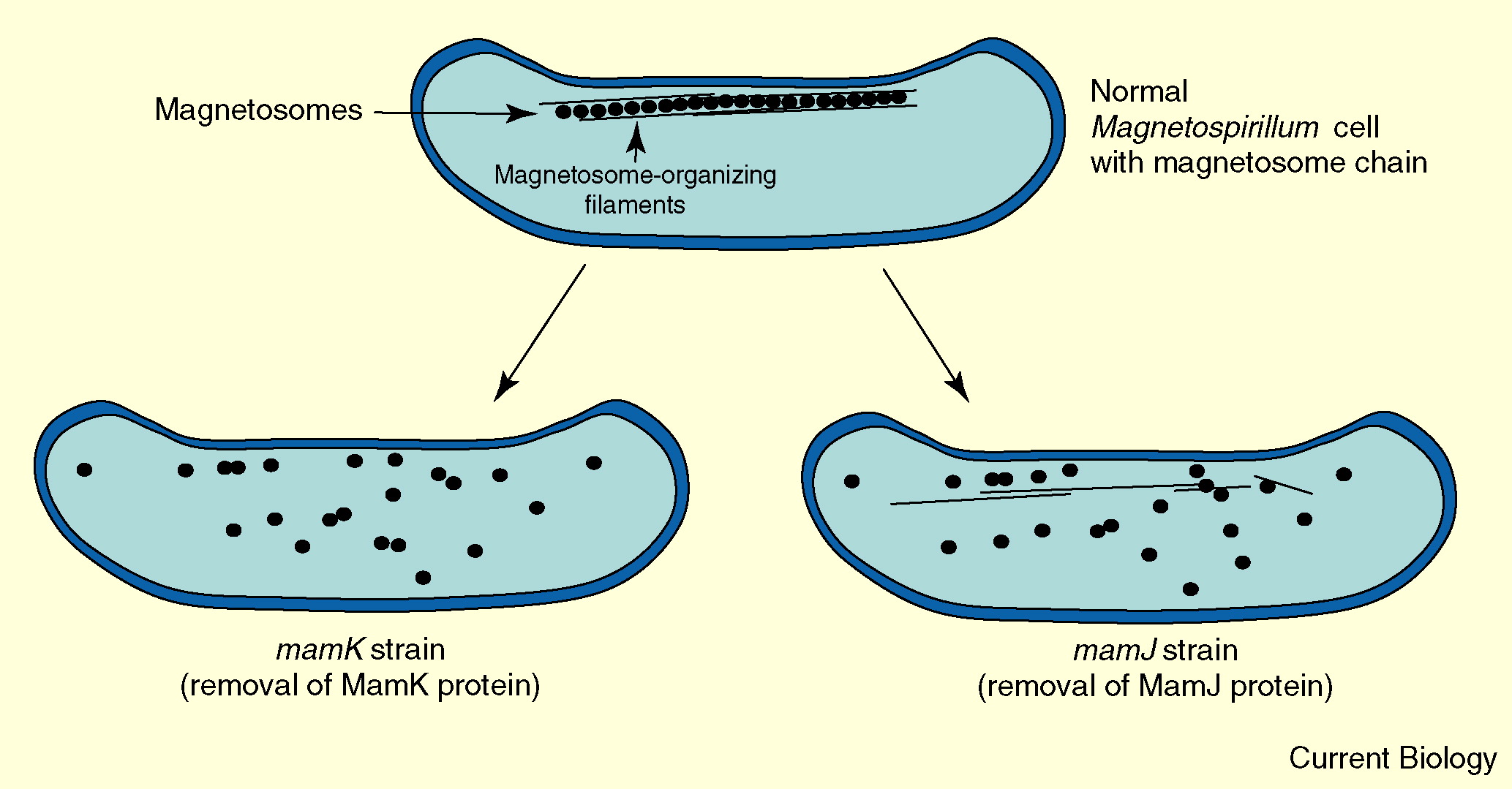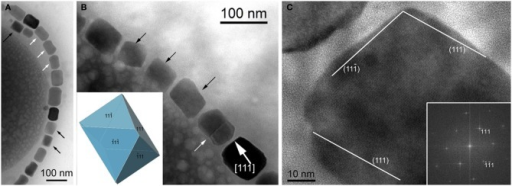Magnetosomes



Magnetosomes are unique intracellular structures found in magnetotactic bacteria, which are a diverse group of bacteria that orient themselves along magnetic field lines. These structures have a permanent magnetic moment due to the magnetic minerals they contain.
The term magnetosome derives from the Greek words "magneto," meaning magnet, and "soma," meaning body. Each magnetosome consists of a small, membrane-bound crystal of a magnetic mineral, most commonly magnetite (Fe3O4) or greigite (Fe3S4). These crystals are biological in origin and are synthesized by the bacteria themselves. The magnetosomes within a cell align to form a chain, effectively creating a tiny biological compass needle.
The fact that these magnetosomes influence the direction of motion of magnetotactic bacteria is a remarkable example of nature's ingenuity. This process, known as magnetotaxis, enables the bacteria to navigate effectively in their environment. The bacteria use the Earth's magnetic field to orient themselves and swim in a preferred direction, which is typically downward, into the sediment where the environment is oxygen-poor and more conducive to their survival.
The magnetosome chain acts like a compass needle, aligning the bacteria with the Earth's magnetic field. This alignment is not perfect, and the bacteria tend to swim in a helical path rather than a straight line. However, this behavior ensures that, on average, they will move in the direction of their preferred habitat.